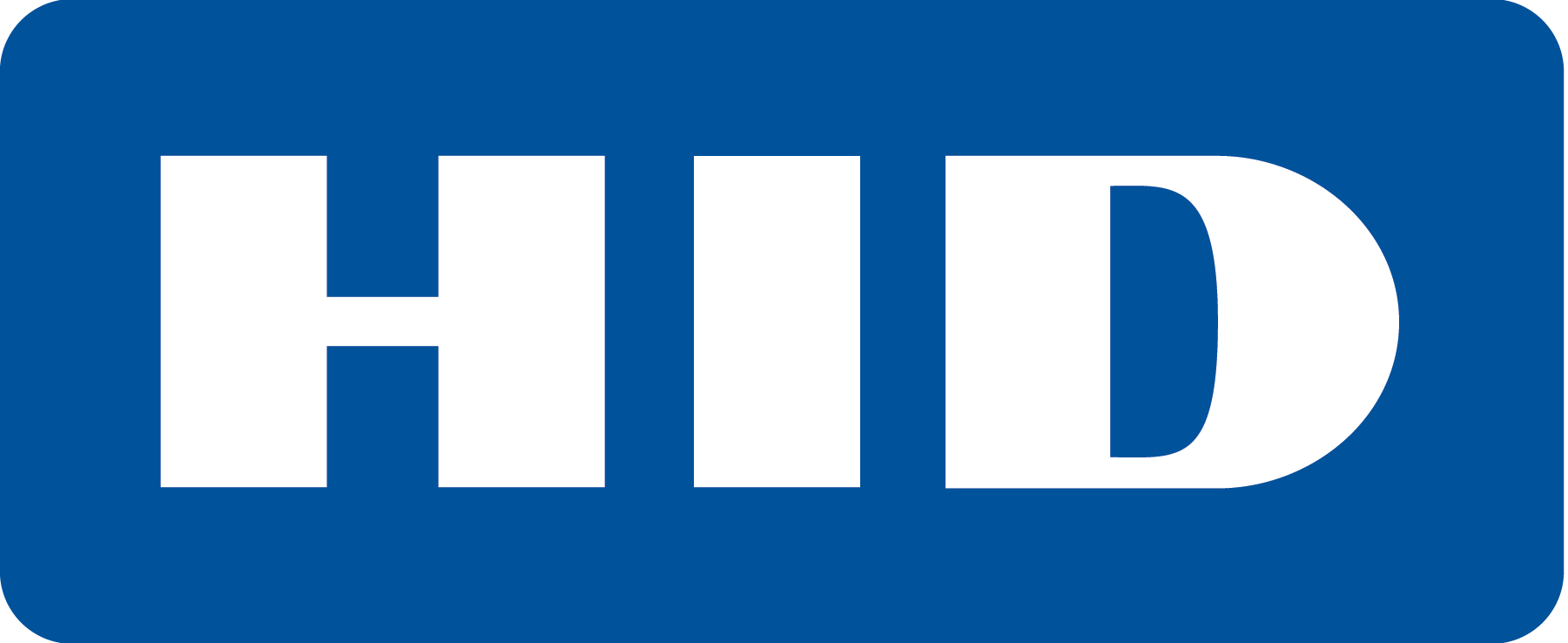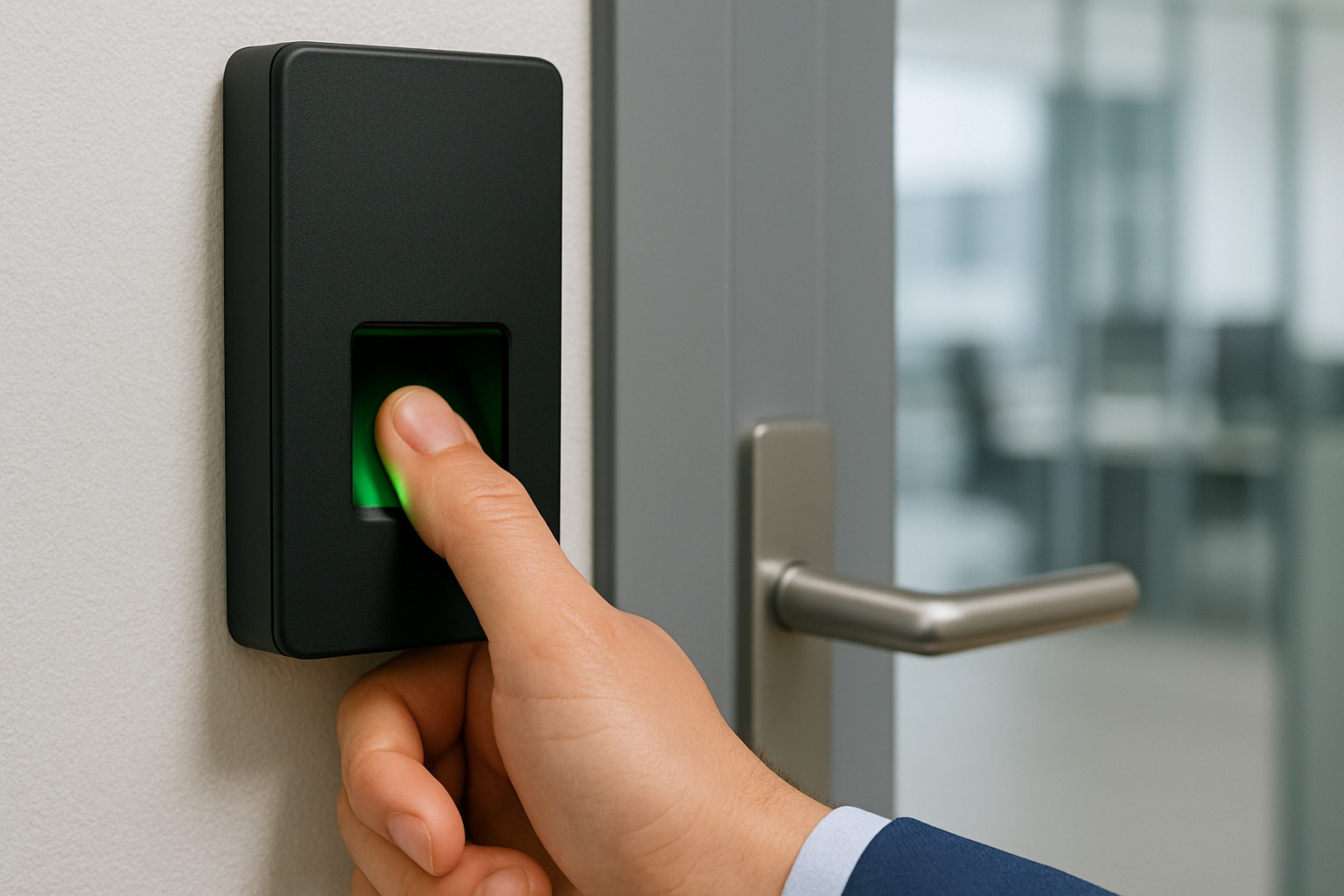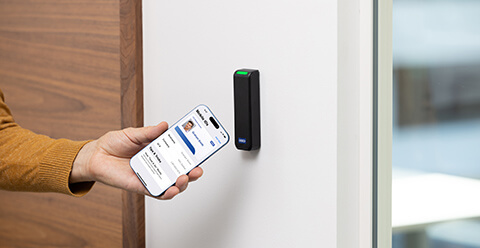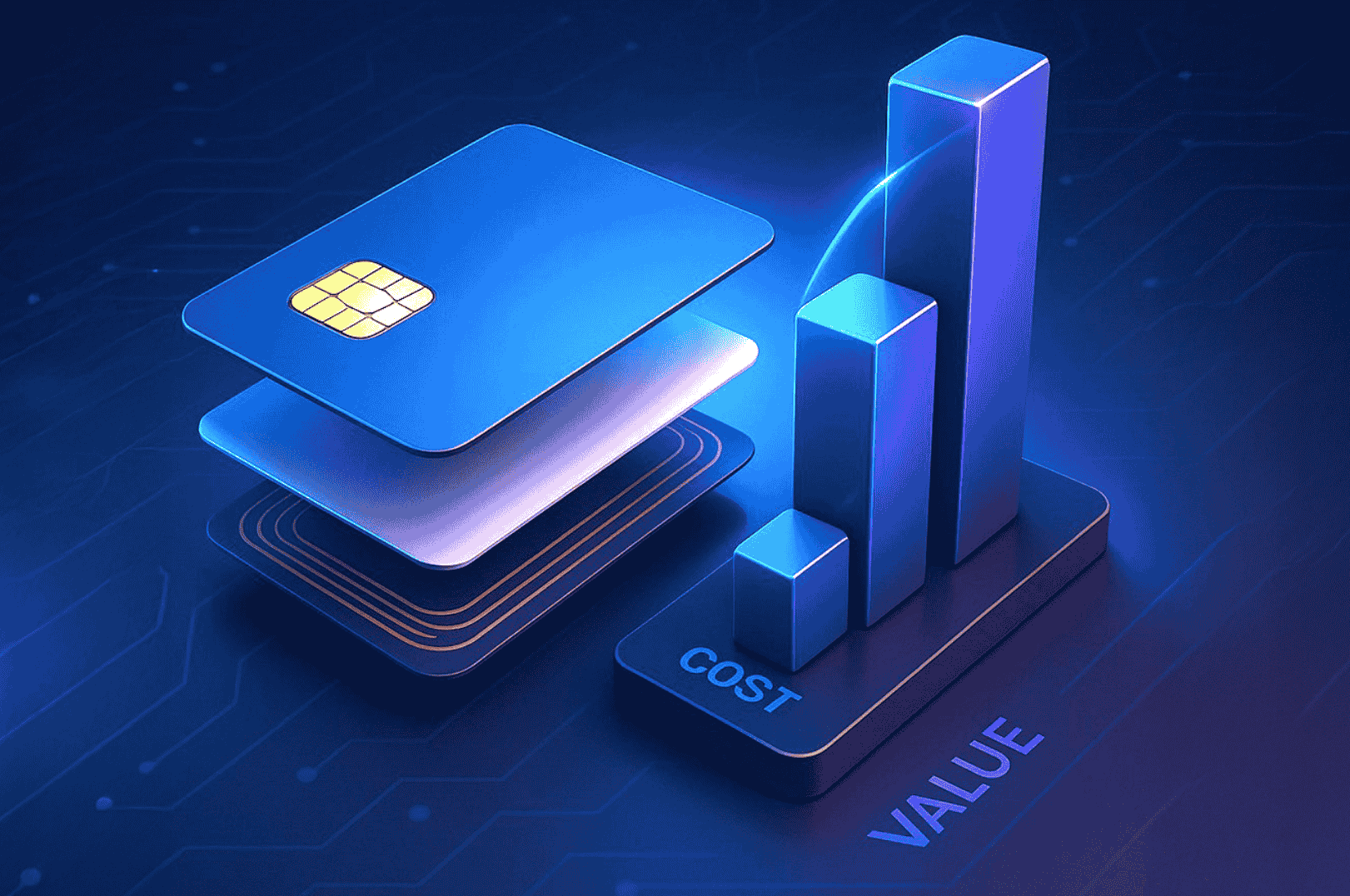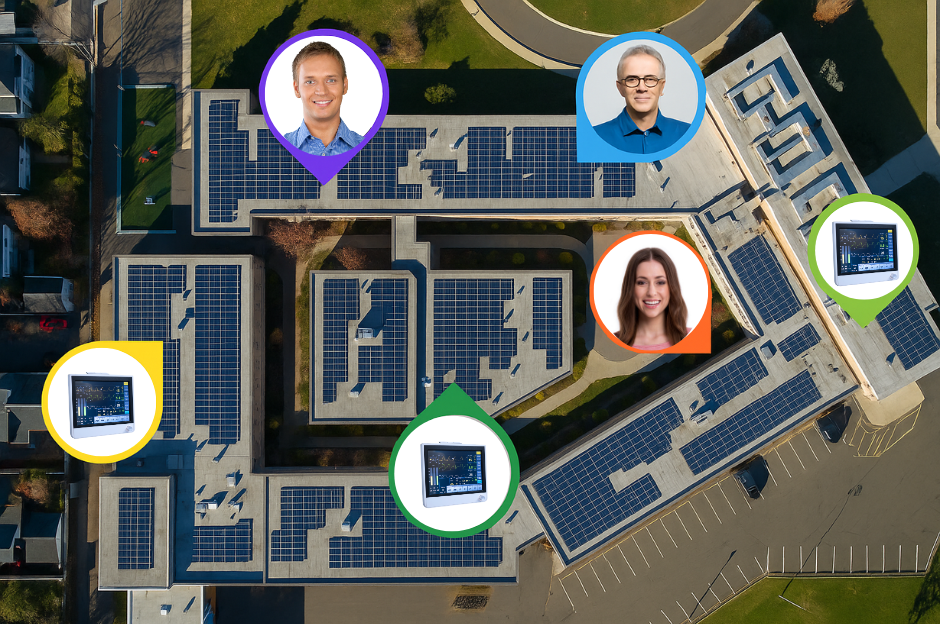The need to track organizational assets in real time has become essential in many fields, from security, safety, and human resources management to logistics and operations. Real-time location tracking systems enable businesses, organizations, and security bodies to track and monitor the real-time location of assets and objects at the organization environment, thereby improving their efficiency, maintaining safety, and preventing loss.
An organizational asset can be a human asset, such as employees, medical staff, contractors, and any human factor moving along the organizational work space, or a physical asset, such as technical equipment, electronic devices, and any other physical item whose precise location is important for the organization to know at any given moment. Examples include a mobile respiratory device in a hospital, testing equipment in factories, or computing devices in companies.
A location monitoring system is based on a combination of several advanced technologies. For example, a GPS system operates based on satellites orbiting the Earth and calculates locations using three or more satellites. Alongside this technology, extensive use is also made of other technologies such as cellular networks, Wi-Fi, and Bluetooth Low Energy (BLE) to improve accuracy and identify locations even in areas where GPS reception is weak, such as inside buildings or dense urban areas. In addition, advanced systems include the use of smart sensors, integration with artificial intelligence, and real-time data analysis, which allows for accurate and efficient real-time location monitoring.
How Does a Tracking System Works
For a tracking system to operate efficiently, it needs an active component attached and assigned to the object (asset) to be monitored, a transmission component that receives the data transmitted by the active component, and then transmits it to a system (software) that receives, decodes, and processes the data, presenting relevant insights. The wider the spread of transmission components, the higher the resolution of location monitoring that can be achieved, down to a precision of meters.
Main Use cases of Real-Time Location Tracking Systems
RTLS solution assist organizations in several areas:
- Tracking and Monitoring Mobile Equipment – Organizations tend to purchase equipment items in excess quantities of over 20% simply because they don’t know where the equipment is at any given moment. An example is medical equipment in hospitals that requires high availability. A quality tracking system can help an organization manage its inventory of equipment items efficiently and correctly, thereby saving the organization significant money and enabling economical and high-quality operations.
- Monitoring Staff and Employees – Organizations need to know at any given moment where staff members are, as they may be in distress or in a dangerous safety environment. Examples include medical staff in cases of assault by patients and their families, industrial workers near hazardous materials, or construction workers operating in dangerous or remote environments. A quality tracking system can provide a safe and secure work environment for the organization and its employees, offering them peace of mind and the ability to perform their work efficiently and effectively.
Advantages of the Tracking System
A prominent advantage of a quality monitoring system is the ability to provide accurate and up-to-date data in real time, enabling immediate response and decision-making for organizational managers. Through data analysis, potential malfunctions can be identified, processes optimized, and unnecessary waste and inefficient use of organizational assets prevented. Another advantage is the ability to improve the safety and security of employees in the field and reduce unnecessary risks. Advanced monitoring systems offer innovative technological solutions combined with smart control platforms, providing real-time reports, automatic alerts, and user-friendly interfaces. The use of these technologies allows organizations to save time and money, prevent malfunctions, and increase organizational efficiency.
Future Trends in Real-Time Location Monitoring
As technology develops, monitoring systems continue to improve and offer new capabilities. Trends such as integration with AI (Artificial Intelligence), use of augmented reality for visual data analysis, and implementation of 5G communication to improve response times and accuracy are expected to significantly upgrade system capabilities. Additionally, with increasing awareness of privacy and data security, companies are developing more advanced solutions for data encryption and personal information security.
Real-time location monitoring systems are becoming an integral part of the modern management of organizations, industries, and many sectors. There is no doubt that these solutions provide a significant competitive advantage to any business or entity that uses them.
For consultation regarding the real-time location monitoring system suitable for your organization, contact us and receive a particularly attractive offer and courteous and professional service.

